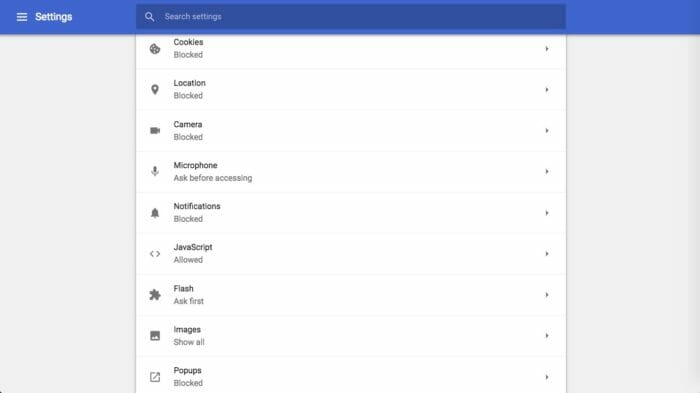It is possible to block potential ways of tracking simply by looking through a browser’s settings(Screenshot/James Cao’20/Technical editor)
Ads are a part of most people’s lives: they line up on the sidelines of websites, load in the middle of videos, and pop up when you least expect them to. Some people don’t mind them and let them, but others are willing to spend money on premium services to stop them from appearing at all costs.
While some people may argue ads are good thing, especially for those they want to see. But dds often track your history by taking advantage of internet cookies, often simply called cookies, which collects data from the website to remember your certain actions on that website. Thus, cookie is the website’s memory. For example, logging into a website requires cookies so that every time you refresh the page, it doesn’t forget who logged in. They are pretty important as a large section of the internet needs cookies to function financially.
Another way ads can track where you’ve been is through canvas fingerprinting, which creates a “fingerprint” that stores data. How this works varies, yet it is often the website that creates the fingerprints to share with partnering advertisers.
These small bits of data being passed around may not sound that bad, but people often think it’s an invasion of privacy, which it is. Also,malicious viruses and malware can also be disguised as these bits of data.
The easiest way to block both ads and tracking services is by getting an adblocker, but going into the browser settings and manually turning off all tracking services is another way to just stop the tracking. Another option is to turn off all cookies with no exceptions and manually choose which websites can use cookies.
As time goes on, people will turn more to adblockers to stop both ads and tracking. They won’t disappear from our daily lives for a long time though. Newspaper, magazine, and other non-electronic hotspots for ads will continue to be a major part of our lives.








